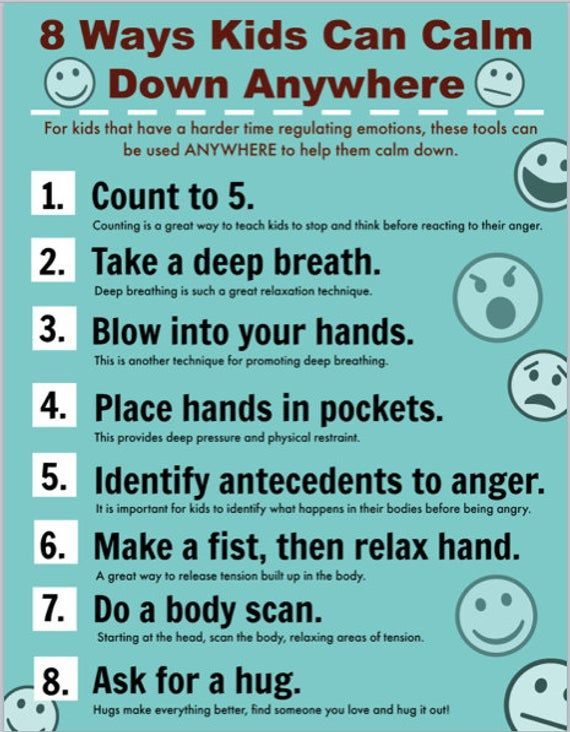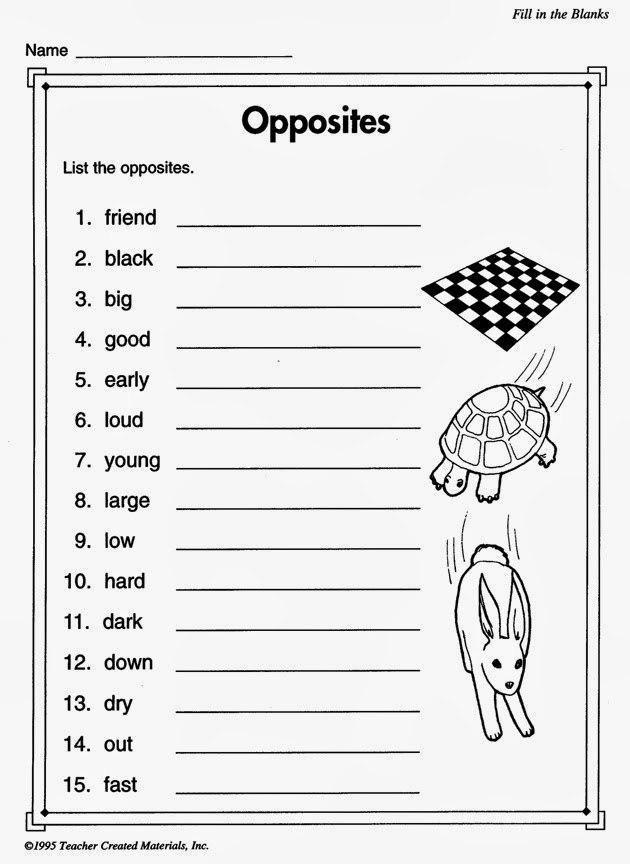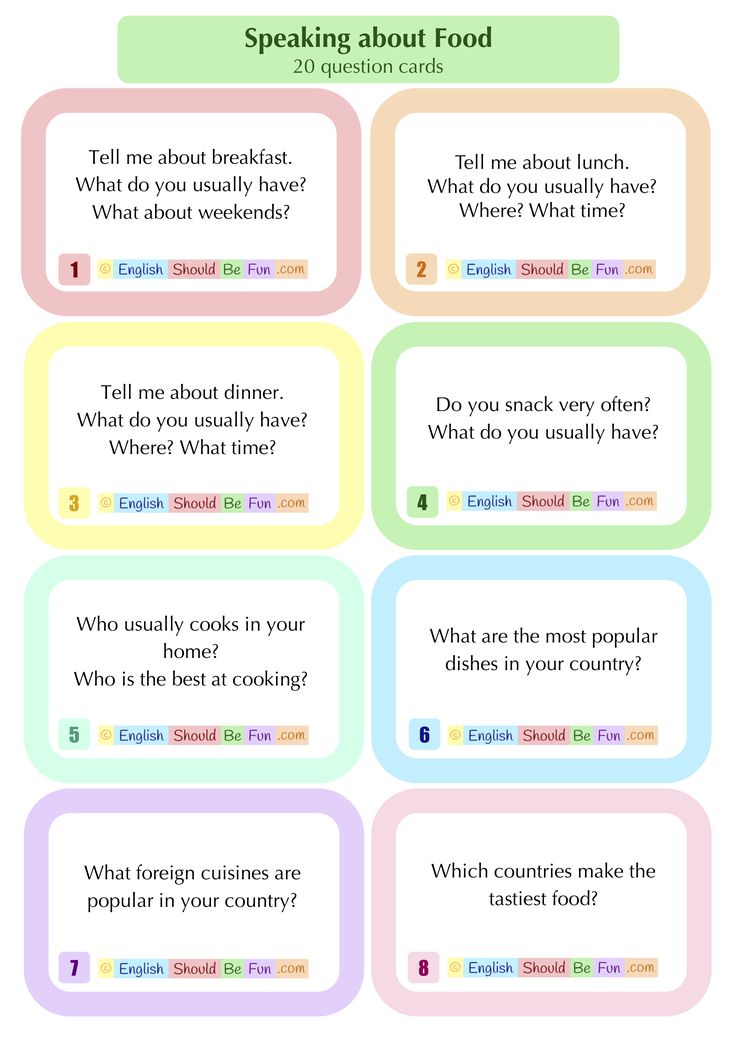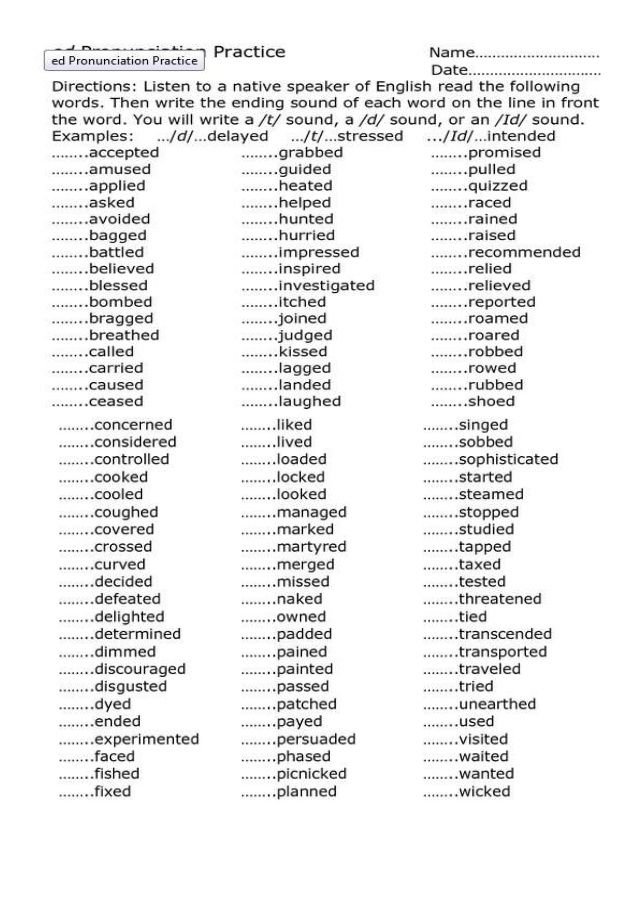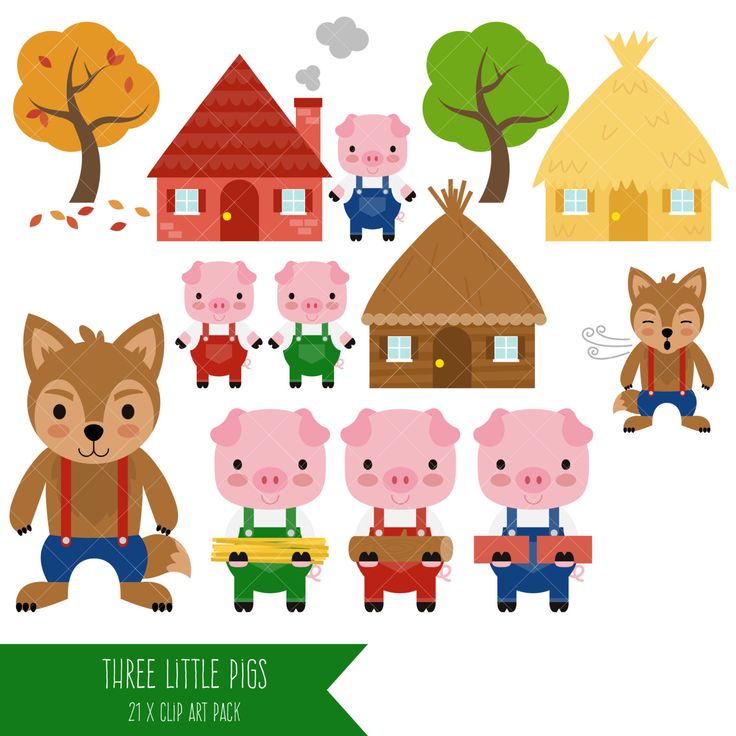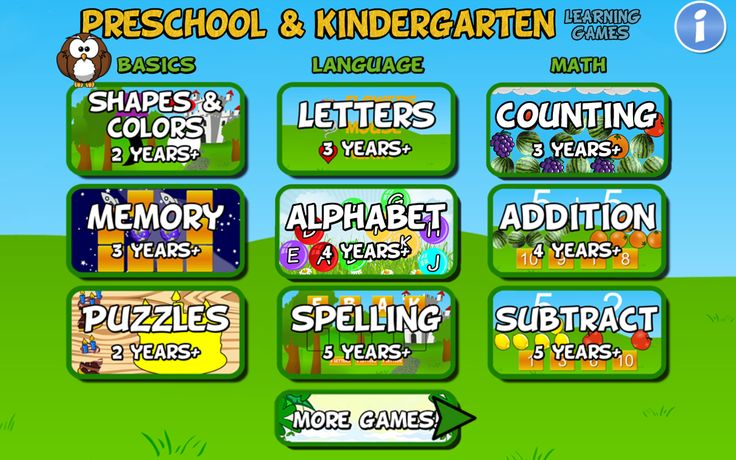Calming children down
50 Calm-Down Ideas to Try with Kids of All Ages
Navigating childhood challenges can be stressful, and sometimes deep breathing isn’t the solution that works for your child. When your child is in need of tension relief, try one of these techniques:
- Try an inversion. For centuries, Yogis have understood the calming power of bringing the head below the level of the heart, otherwise known as inversion. Whether it’s relaxing in child’s pose, bending over to touch your toes, or practicing a headstand, inverting the body has a restorative effect on the autonomic nervous system, which controls the body’s response to stress.
- Visualize a quiet place
. Research has shown that visualization is beneficial for a range of populations to reduce stress levels. Ask your child to close their eyes and picture a calm, peaceful place. Then, gently guide them to slowly start to build up a picture of how it looks, smells, and feels to be there.
- Drink water. Dehydration has been linked to a reduction in mental performance. Pour your child a tall class of cold water and have them sip it slowly. You can try this with them, and observe the calming effect this has on your own nervous system.
- Sing out loud. Everyone knows the sweet relief associated with rocking out to your favorite tune. But the physical act of singing out loud, even if it is off key, has been shown to release endorphins, the “feel good” chemical in the brain.
- Do the “Downward Facing Dog” pose. Just like inversions help reset the autonomic nervous system, the yoga pose known as Downward Facing Dog in particular has the added benefit of activating several muscles in the arms, legs, and core. This stretch helps muscles begin to burn additional blood glucose that is made available by the body’s fight or flight response.
- Paint it out. Not only does painting give the brain something to focus on other than the stressor, but participating in visual arts has been linked to resilience to stress in general.
 If the thought of dragging out the tempera gives you stress, have your child try “painting” with shaving cream on a plastic shower curtain in the yard. Not only is clean up a breeze, but your child will smell great when they are finished.
If the thought of dragging out the tempera gives you stress, have your child try “painting” with shaving cream on a plastic shower curtain in the yard. Not only is clean up a breeze, but your child will smell great when they are finished. - Jump rope. Set a timer for 2 minutes, put on some music, and challenge your child jump to the beat of the song. If your child isn’t able to jump rope, playing hop scotch is a great alternative.
- Jump high. Challenge your child to a jumping contest to see who can jump highest, longest, fastest, or slowest. This is another great way to get in some exercise to help your child blow off some steam.
- Blow bubbles. Just like blowing on a pinwheel, blowing bubbles can help your child gain control of their breathing and thus, their mental state. Bonus: Running around popping bubbles is just as fun as blowing them.
- Take a hot bath. After a long day at work, there is nothing more relaxing than laying in a bathtub of hot water with the lights turned down and no interruptions.
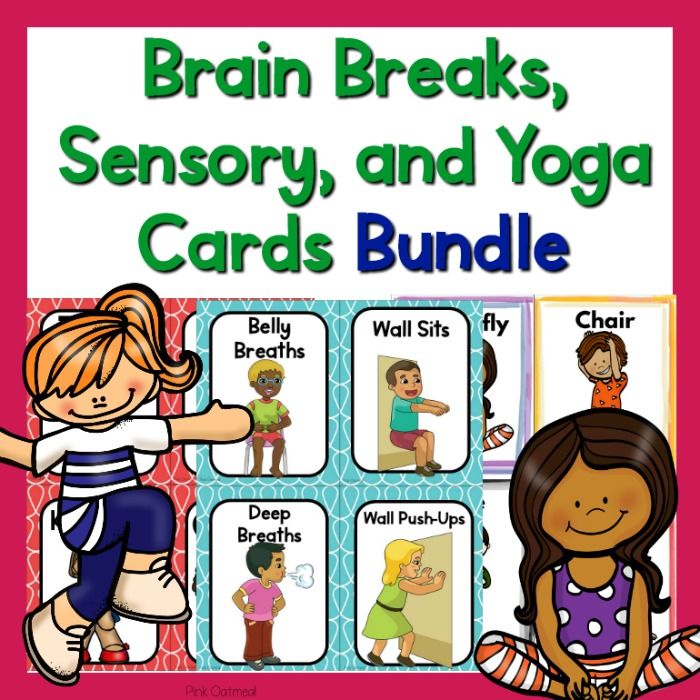 The same holds true for kids. Use bath time as a chance to help your little one unwind from the activities of the day. Introduce a few simple bath toys and allow your child to relax as long as they need to.
The same holds true for kids. Use bath time as a chance to help your little one unwind from the activities of the day. Introduce a few simple bath toys and allow your child to relax as long as they need to. - Take a cold shower. While the complete opposite of a hot bath, cold showers actually have a restorative effect on the body. Not only do cold or even cool showers reduce inflammation in the muscles, it improves heart flow back to the heart, and leads to a boost in mood. One study on winter swimmers found that tension, fatigue, depression, and negative moods all decreased with regular plunges into cold water.
- Have a cozy drink. There is a reason why many people herald September as the beginning of Pumpkin Spice Latte (PSL) season. Drinking a warm drink on a cool day makes your body feel warm, almost like a hug from the inside. Giving your child a warm hot chocolate or warmed milk with a splash of vanilla will elicit the same response you have over that first sip of your PSL.
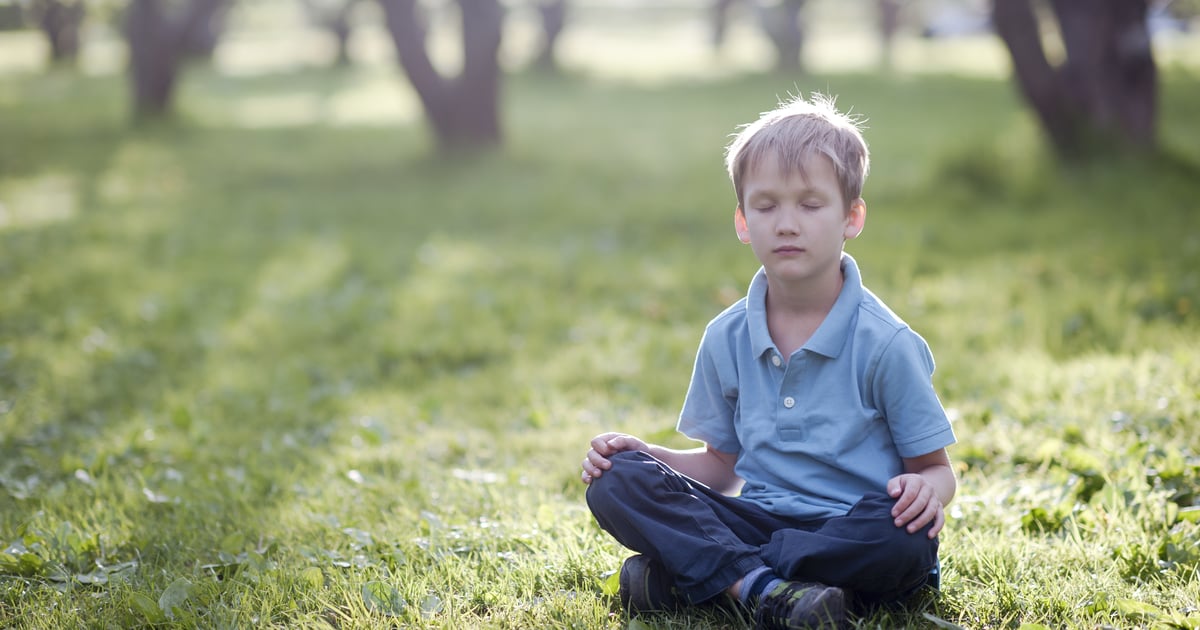
- Blow out a candle. Light a candle for your child to blow out. Then re-light it and move it further and further away from them, so they have to take deeper and deeper breaths to blow it out. This is a great way to practice deep breathing, while making a game out of it.
- Watch fish. Have you ever wondered why there is always a fish tank in hospitals and medical centers? The University of Exeter in the UK did, and found that watching fish swim in an aquarium reduces blood pressure and heart rate. Better yet, the larger the fish tank, the greater the effect. The next time your child needs to calm down, take them to the local lake, hatchery, or aquarium for a little fish-watching therapy.
- Count backwards from 100. Not only does counting give your child a chance to focus on something other than what is bothering them, counting backwards offers an added concentration challenge without overwhelming their brain.
- Repeat a mantra.
 Create a mantra that you and your child can use to help them calm down. “I am calm” or “I am relaxed” work well, but feel free to get creative and make it something personal to you and your child.
Create a mantra that you and your child can use to help them calm down. “I am calm” or “I am relaxed” work well, but feel free to get creative and make it something personal to you and your child. - Breathe into your belly. Most of us breathe incorrectly, especially when we are in a stressful situation. Have your child think about their belly like it is a balloon. Tell them to breathe in deep to fill the balloon, and breathe out to deflate it. Repeat this simple process 5 times and notice the effects.
- Shake a glitter jar. “Calm Down Jars” have been making their way around Pinterest for a while now, but the concept behind them is sound. Giving your child a focal point for 3-5 minutes that is not the stressor will allow their brain and body to reset itself. These jars can be made simply from sealed canning jars filled with colored water and glitter or with baby food jars filled with warm water and glitter glue.
- Go for a run.
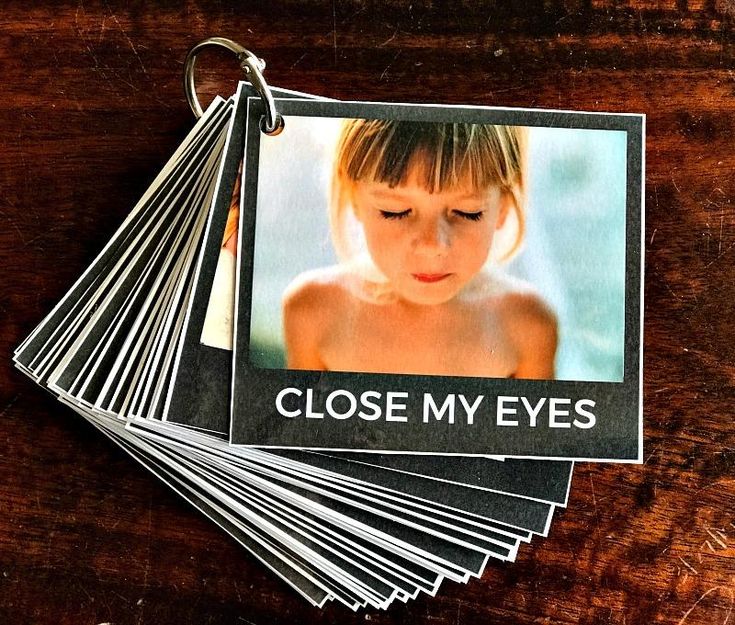 Running has been shown to reduce stress, and can sometimes be more effective than a trip to the therapist’s office. Going for a 10 minute jog can not only affect your child’s mood immediately, its effects on their ability to cope with stress can last for several hours afterward.
Running has been shown to reduce stress, and can sometimes be more effective than a trip to the therapist’s office. Going for a 10 minute jog can not only affect your child’s mood immediately, its effects on their ability to cope with stress can last for several hours afterward. - Count to 5. Just when it seems as though they “can’t take it anymore”, have your child close their eyes and count to five. This form of 5-second meditation offers the brain a chance to reset itself and be able to look at a situation from a different perspective. It also gives your child a chance to think before they act in a volatile situation.
- Talk it out. For children who are able to verbalize their feelings, talking about what is bothering them gives them a chance to let you know what is going on while processing it for themselves. The trick is to resist the urge to “fix” the problem. Your child needs you to listen and ask appropriate questions, not offer unsolicited advice.
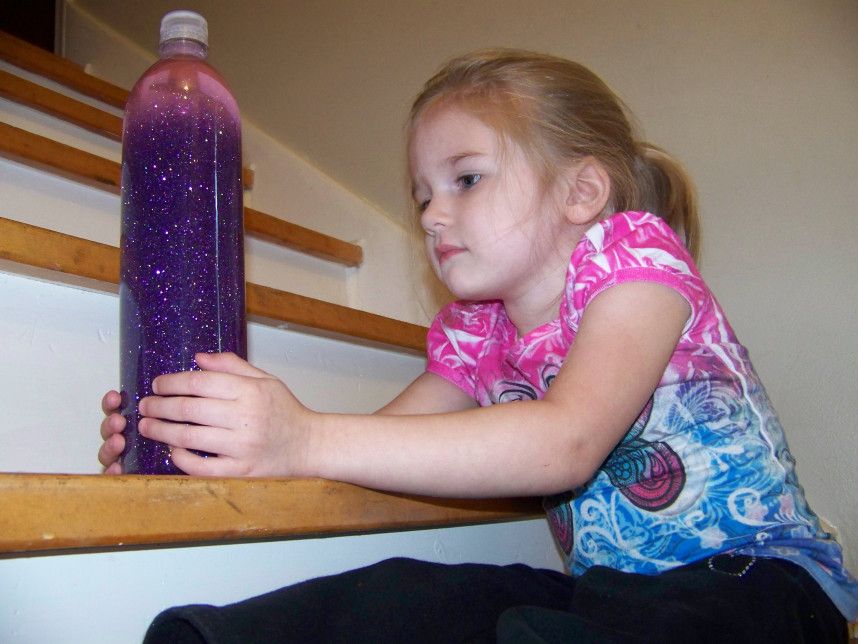
- Write a letter in the voice of your BFF. We would never talk to our best friend in the same critical way we talk to ourselves. The same is true for our children. Tell them to be kind to themselves, and ask them what they would tell a best friend to do in their situation.
- Decorate a wall. We’re not talking about paint and decor, but poster tack and pictures from magazines or printed from the internet can give your child a chance to create large-scale temporary art in any space. The creative process is what is important, not the end result.
- Create a vision board. Have your child cut out words and pictures from magazines that speak to their interests, desires, and dreams. Then have them glue these pictures and words onto a poster board to display in their room. Not only does the process of creation allow them to think about what they want from life, displaying things they love gives them an opportunity to focus on what is really important when they are upset.

- Give or get a bear hug. Hugging allows your body to produce oxytocin, a naturally occurring hormone in your body necessary for immune system function. Not only does a 20 second hug reduce blood pressure, increase feelings of well-being, and reduce the harmful physical effects of stress, both you and your child will reap the benefits!
- Walk in nature. According to Stanford scientists, walking in nature has been proven to improve cognition and reduce stress. Even if you do not have time to spend the 50 minutes researchers did, taking a 15 minute walk in nature works can be just what your child needs.
- Envision your best self. This is a great way to motivate your child to work toward a goal. Have them write down where they would like to see themselves in a week, a month, or a year, with this specific goal in mind.
- Blow on a pinwheel. Similar to the candle exercise, blowing on a pinwheel focuses more on controlled exhalation rather than deep inhalation.
 Tell your child to make the pinwheel go slow, then fast, then slow to show them how they can vary the rate at which they blow out the air in their lungs.
Tell your child to make the pinwheel go slow, then fast, then slow to show them how they can vary the rate at which they blow out the air in their lungs. - Squish some putty. When a child plays with putty, the brain’s electrical impulses begin firing away from the areas associated with stress. Try a store bought putty or make your own.
- Take up pottery. Much in the way playing with putty fires electrical impulses in your child’s brain, sculpting with clay or throwing pots can have a similar effect. It also has the added benefit of being considered “active learning”, a powerful condition that allows your child to learn through exploration.
- Write it out. For older children, journaling, or writing their feelings down can have a profound effect on their mood, especially if they can do so without the fear of having it read. Give your child a notebook to keep in a safe place, and allow them to write about how they feel, assuring them you will not read it unless they ask you to.

- Gratitude, gratitude, gratitude. A cousin to “write it out”, gratitude journaling has been linked to better performance in the classroom as well as a reduction of stress outside of learning environments. Having a separate notebook only for things your child is grateful for will give them the freedom to keep their journaling activities separate.
- Name your emotion. Often when children become overwhelmed, it is because they have difficulty identifying the negative thoughts they are having. Whether your child is quick to anger, panic, or obsess to ensure things are perfect, ask them to give this feeling a name, and help them talk back to it. For instance, by asking your child, “is Mr. Perfect bothering you again?” you can work together to help them challenge their perfectionism, rather than fight them over it.
- Rock in a rocking chair. Not only does rocking in a rocking chair provide non-weight bearing strengthening to the knees and core, its repetitive nature offers stress-relief as well.
 Rock in a rocking chair with your child or allow them to rock by themselves as a way to self-soothe their frenzied emotions.
Rock in a rocking chair with your child or allow them to rock by themselves as a way to self-soothe their frenzied emotions. - Push against a wall. This trick is perfect for allowing the body to get rid of stress hormones without having to go outside or even leave the room. Have your child try to push the wall over for 10 seconds, 3 times. This process allows the muscles to contract in a futile attempt to bring the wall down, then relax, releasing feel-good hormones into the body.
- Crinkle tissue paper. Babies are inherently aware of this trick as one of their favorite things to do is crinkle paper. Not only does crinkling tissue paper provide a satisfying noise, the textural changes in your child’s hand sends sensory feedback to the brain in a pathway away from those associated with stress.
- Pop bubble wrap. Anyone who has received a package in the mail knows the joy of popping row after row of bubble wrap. The same material can be found at most retailers and dollar stores and be cut into manageable pieces for stress-relief anywhere, anytime.

- Roll a tennis ball on your back. An old physical therapy trick, rolling a tennis ball on your child’s back will give them a gentle massage when they are most in need of a calming touch. Focus on the shoulders, neck, and lower back as these are typical places where the body holds tension.
- Roll a golf ball under your feet. Rolling a golf ball under your child’s feet can not only improve circulation, but there are pressure points on the bottom of the feet that relieve stress and relax the muscles of the feet and legs. Roll over the entire sole of your child’s foot using various pressures for maximum benefit.
- Go to your calm down space. Having a designated “Calm Down Space” in your home gives children an opportunity to retreat when they feel out of control and rejoin the group when they need to. It is important to make this space comfortable so your child wants to visit it when they are in need of a self-imposed “time out”.

- Play music. Music has a profound effect on mood, sleep, stress, and anxiety. Use a variety of musical styles to set the tone in your home, car, or your child’s room.
- Have a dance party. Adding a physical component to your musical enjoyment gets your kids moving and is a fun way to be active. Crank up the tunes and have a dance party in your living room when your child is in a bad mood and watch their mood transform.
- Do a primal yell. Sometimes all of your child’s emotions are simply too much to contain in their body. Have them stand with their feet shoulder width apart and imagine their feelings boiling up from their toes through their legs and body, and out of their mouths. They don’t have to yell words, or even maintain a certain pitch, just whatever comes out that feels good to them.
- Change the scenery. How many times have we thought to ourselves, “Just walk away,” when confronted by a big emotion? Your child may simply need a change of scenery in order to calm down.
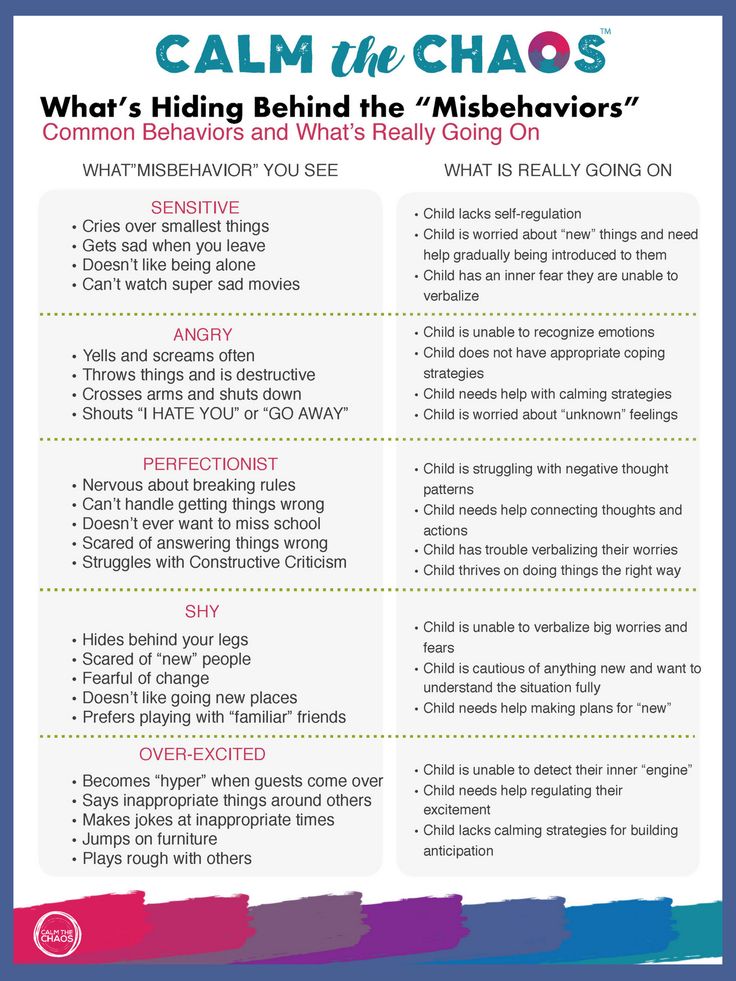 If you are inside, head out. If you are outside, find a quiet space indoors. Either way, change the scenery and you will likely change the mood.
If you are inside, head out. If you are outside, find a quiet space indoors. Either way, change the scenery and you will likely change the mood. - Go for a walk. There’s a real reason people go for walks to clear their heads. Not only is the fresh air and exercise restorative, but the natural rhythm walking creates has a self-soothing quality. Take your child on a walk, and they may even open up to your about what is on their mind.
- Plan a fun activity. When you are in an anxious moment, it can seem as though the walls are closing in and the world will come to an end. Some children need to focus on what is ahead of them in order to reset their internal dialog. Plan something fun to do as a family, and let your child have a say in it. Any topic that will get them focused on a future something to look forward to can be helpful.
- Knead the bread. Grandmothers around the world will tell you that the process of bread making is a tremendous stress relief.
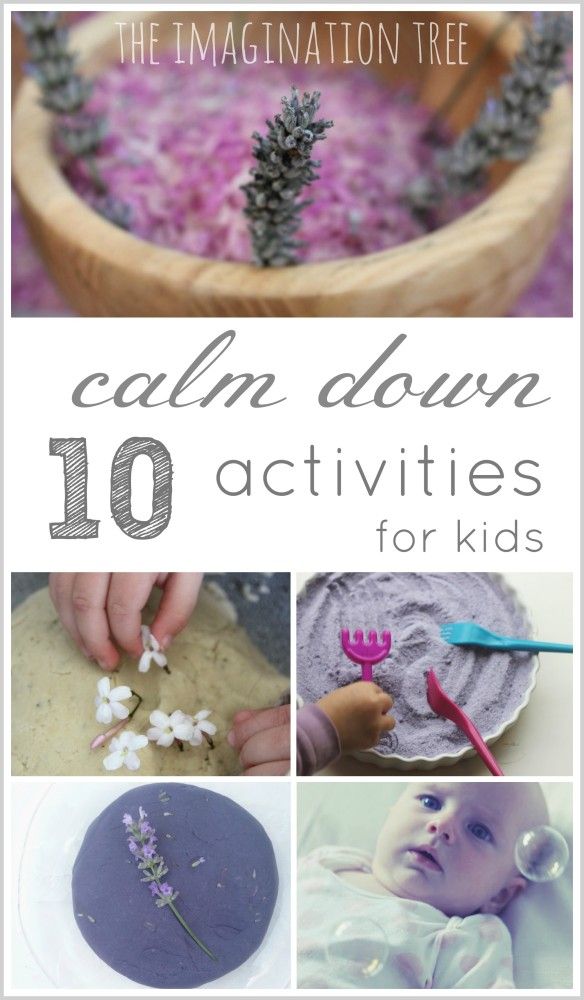 Simple recipes are abundant online that allow your child to get their hands dirty turning and pushing dough. The best part is that at the end, you have homemade bread to show for it!
Simple recipes are abundant online that allow your child to get their hands dirty turning and pushing dough. The best part is that at the end, you have homemade bread to show for it! - Make a bracelet. Crafting in general can facilitate a state of “flow” or a state characterized by complete absorption in an activity. The same concept can be extended to knitting, crochet, folding laundry, or any activity where your child forgets their external surroundings.
- Get on a bike. Bicycling for children has largely become a thing of the past. With the introduction of bicycle lanes and paved trails in urban areas, bicycling is safer than ever and can be a powerful form of self-soothing. Not only is it easy on the joints, it promotes balance, exercise, and can be done with the whole family.
- Take a coloring break. It’s not without good reason that restaurants give children coloring; it gives them something to focus on, and can be a great mindfulness activity that reduces anxiety.
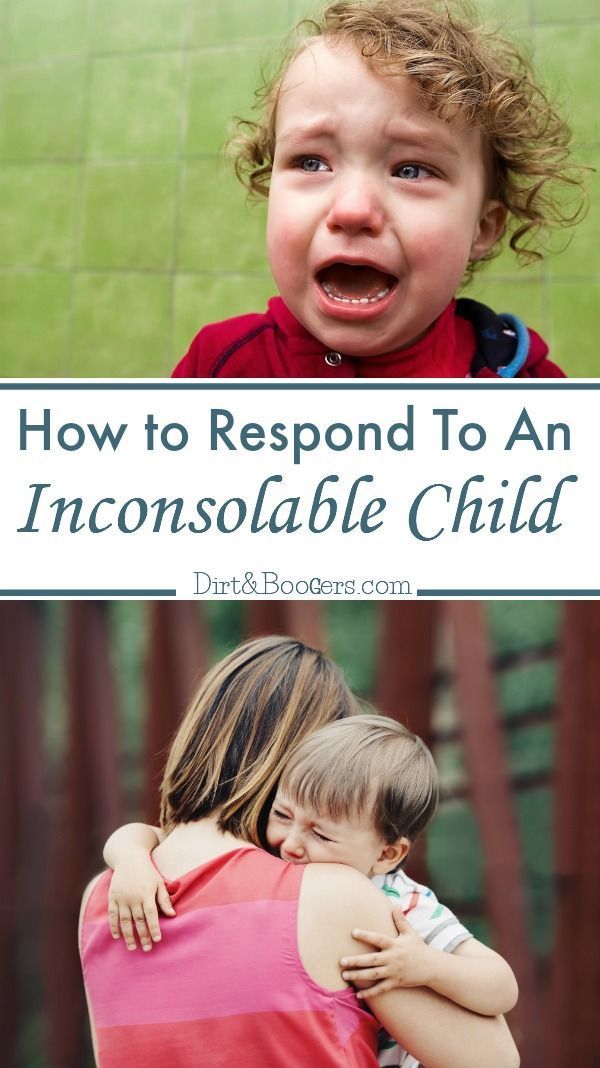 Make a trip with your child to pick up some crayons and markers, and get them excited about filling in the pages of a coloring book.
Make a trip with your child to pick up some crayons and markers, and get them excited about filling in the pages of a coloring book.
Sign up for our weekly newsletter and never miss another post - plus get valuable FREE resources each week!
Send me resources!
How to Help Children Calm Down
Many children have difficulty regulating their emotions. Tantrums, outbursts, whining, defiance, fighting: these are all behaviors you see when kids experience powerful feelings they can’t control. While some kids have learned to act out because it gets them what they want — attention or time on the iPad — other kids have trouble staying calm because they are unusually sensitive.
The good news is that learning to calm down instead of acting out is a skill that can be taught.
What is dysregulation?
“Some children’s reactions are just bigger than their peers or their siblings or their cousins,” explains Lindsey Giller, PsyD, a clinical psychologist at the Child Mind Institute. “Not only do they feel things more intensely and quickly, they’re often slower to return to being calm.” Unusually intense feelings can also make a child more prone to impulsive behaviors.
“Not only do they feel things more intensely and quickly, they’re often slower to return to being calm.” Unusually intense feelings can also make a child more prone to impulsive behaviors.
When kids are overwhelmed by feelings, adds Dr. Giller, the emotional side of the brain isn’t communicating with the rational side, which normally regulates emotions and plans the best way to deal with a situation. Experts call it being “dysregulated.” It’s not effective to try to reason with a child who’s dysregulated. To discuss what happened, you need to wait until a child’s rational faculties are back “online.”
Rethinking emotions
Parents can start by helping children understand how their emotions work. Kids don’t go from calm to sobbing on the floor in an instant. That emotion built over time, like a wave. Kids can learn control by noticing and labeling their feelings earlier, before the wave gets too big to handle.
Some kids are hesitant to acknowledge negative emotions. “A lot of kids are growing up thinking anxiety, anger, sadness are bad emotions,” says Stephanie Samar, PsyD, a clinical psychologist at the Child Mind Institute. But naming and accepting these emotions is “a foundation to problem-solving how to manage them.”
“A lot of kids are growing up thinking anxiety, anger, sadness are bad emotions,” says Stephanie Samar, PsyD, a clinical psychologist at the Child Mind Institute. But naming and accepting these emotions is “a foundation to problem-solving how to manage them.”
Parents may also minimize negative feelings, notes Dr. Samar, because they want their kids to be happy. But children need to learn that we all have a range of feelings. “You don’t want to create a dynamic that only happy is good,” she says.
Model managing difficult feelings
“For younger children, describing your own feelings and modeling how you manage them is useful,” notes Dr. Samar. “They hear you strategizing about your own feelings, when you’re nervous or frustrated, and how you’re going to handle it, and they can use these words.”
For kids who feel like big emotions sneak up on them, you can help them practice recognizing their emotions, and model doing that yourself. Try ranking the intensity of your emotions from 1-10, with 1 being pretty calm and 10 being furious.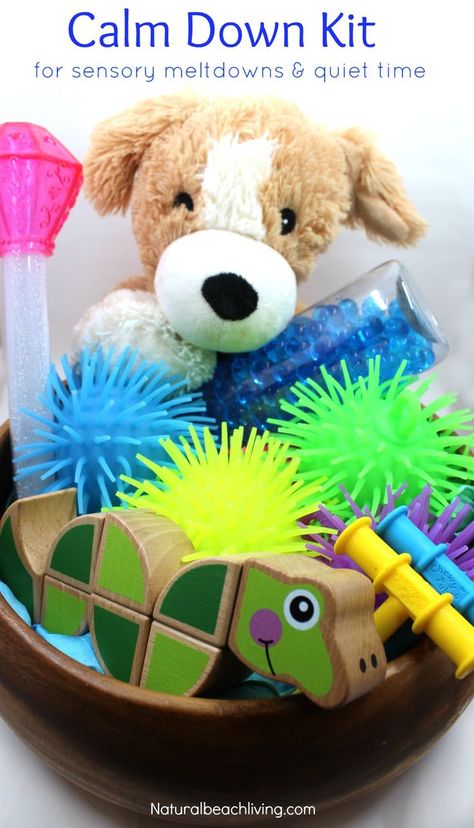 If you forget something that you meant to bring to Grandma’s, you could acknowledge that you are feeling frustrated and say that you’re at a 4. It might feel a little silly at first, but it teaches kids to pause and notice what they are feeling.
If you forget something that you meant to bring to Grandma’s, you could acknowledge that you are feeling frustrated and say that you’re at a 4. It might feel a little silly at first, but it teaches kids to pause and notice what they are feeling.
If you see them starting to get upset about something, ask them what they are feeling, and how upset they are. Are they at a 6? For some younger kids, a visual aid like a feelings thermometer might help.
Validate your child’s feelings
Validation is a powerful tool for helping kids calm down by communicating that you understand and accept what they’re feeling. “Validation is showing acceptance, which is not the same thing as agreement,” Dr. Giller explains. “It’s nonjudgmental. And it’s not trying to change or fix anything.” Feeling understood, she explains, helps kids let go of powerful feelings.
Effective validation means paying undivided attention to your child. “You want to be fully attuned so you can notice her body language and facial expressions and really try to understand her perspective,” says Dr.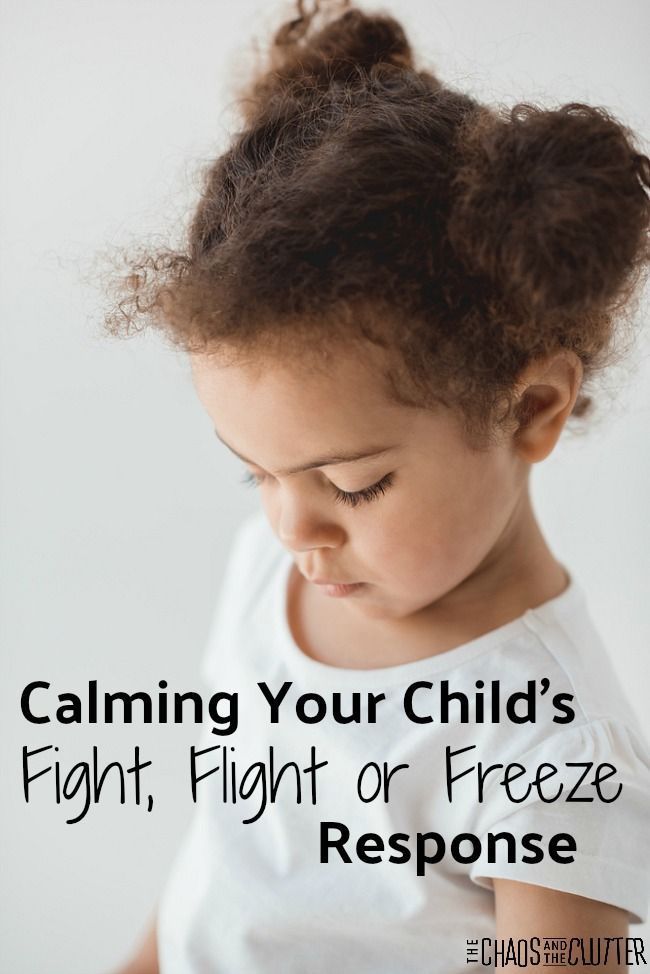 Samar. “It can help to reflect back and ask, ‘Am I getting it right?’ Or if you’re truly not getting it, it’s okay to say, ‘I’m trying to understand.’ ”
Samar. “It can help to reflect back and ask, ‘Am I getting it right?’ Or if you’re truly not getting it, it’s okay to say, ‘I’m trying to understand.’ ”
Helping kids by showing them that you’re listening and trying to understand their experience can help avoid explosive behavior when a child is building towards a tantrum.
Active ignoring
Validating feelings doesn’t mean giving attention to bad behavior. Ignoring behaviors like whining, arguing, inappropriate language or outbursts is a way to reduce the chances of these behaviors being repeated. It’s called “active” because it’s withdrawing attention conspicuously.
“You’re turning your face, and sometimes body, away or leaving the room when your child is engaging in minor misbehaviors in order to withdraw your attention,” Dr. Giller explains. “But the key to its effectiveness is, as soon as your child is doing something you can praise, to turn your attention back on.”
Positive attention
The most powerful tool parents have in influencing behavior is attention. As Dr. Giller puts it, “It’s like candy for your kids.” Positive attention will increase the behaviors you are focusing on.
As Dr. Giller puts it, “It’s like candy for your kids.” Positive attention will increase the behaviors you are focusing on.
When you’re shaping a new behavior, you want to praise it and give a lot of attention to it. “So really, really focus in on it,” adds Dr. Giller. “Be sincere, enthusiastic and genuine. And you want it to be very specific, to make sure your child understands what you are praising.”
When helping your child deal with an emotion, notice the efforts to calm down, however small. For example, if your child is in the midst of a tantrum and you see him take a deep inhale of air, you can say, “I like that you took a deep breath” and join him in taking additional deep breathes.
Clear expectations
Another key way to help prevent kids from getting dysregulated is to make your expectations clear and follow consistent routines. “It’s important to keep those expectations very clear and short,” notes Dr. Samar, and convey rules and expected behaviors when everyone is calm. Dependable structure helps kids feel in control.
Dependable structure helps kids feel in control.
When change is unavoidable, it’s good to give advance warning. Transitions are particularly tough for kids who have trouble with big emotions, especially when it means stopping an activity they’re very engaged in. Providing a warning before a transition happens can help kids feel more prepared. “In 15 minutes, we’re going to sit down at the table for dinner, so you’re going to need to shut off your PS4 at that time,” Dr. Giller suggests. It may still be hard for them to comply, but knowing it’s coming helps kids feel more in control and stay calmer,” she explains.
Give options
When kids are asked to do things they’re not likely to feel enthusiastic about, giving them options may reduce outbursts and increase compliance. For instance: “You can either come with me to food shopping or you can go with Dad to pick up your sister.” Or: “You can get ready for bed now and we can read a story together — or you can get ready for bed in 10 minutes and no story.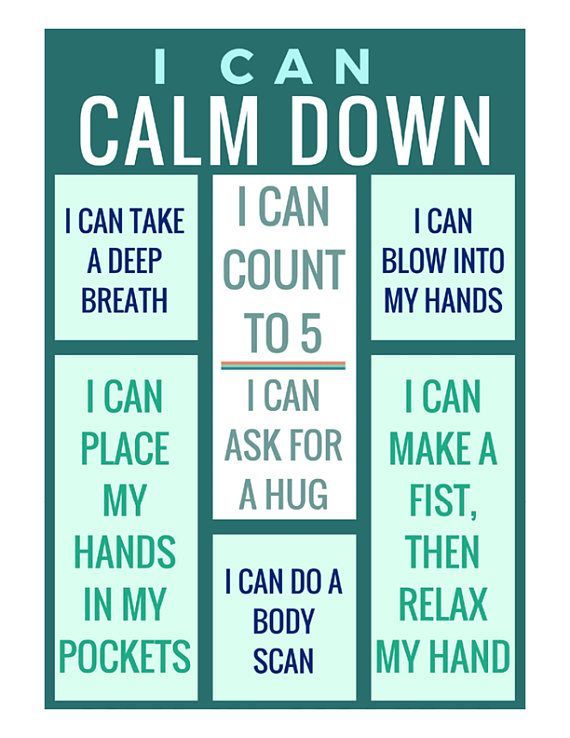 ”
”
“Giving two options reduces the negotiating that can lead to tension,” Dr. Samar suggests.
Coping ahead
Coping ahead is planning in advance for something that you predict may be an emotionally challenging situation for your child, or for both of you. It means talking, when you are both calm, about what’s coming, being direct about what negative emotions can arise, and strategizing how you will get through it.
If a child was upset last time she was at Grandma’s house because she wasn’t allowed to do something she gets to do at home, coping ahead for the next visit would be acknowledging that you saw that she was frustrated and angry, and discussing how she can handle those feelings. Together you might come up with something she is allowed to do at Grandma’s that she can have fun doing.
Talking about stressful situations in advance helps avoid meltdowns. “If you set up a plan in advance, it increases the likelihood that you’ll end up in a positive situation,” Dr. Samar notes.
Samar notes.
Problem solving
If a child has a tantrum, parents are often hesitant to bring it up later, Dr. Samar notes. “It’s natural to want to put that behind us. But it’s good to revisit briefly, in a non-judgmental way.”
Revisiting an earlier event — say a meltdown at the toy store — engages the child in thinking about what happened, and to strategize about what could have been done differently. If you can come up with one or two things that might have led to a different outcome, your child might remember them next time he’s starting to feel overwhelmed.
Five special minutes a day
Even a small amount of time set aside reliably, every day, for mom or dad to do something chosen by a child can help that child manage stress at other points in the day. It’s a time for positive connection, without parental commands, ignoring any minor misbehavior, just attending to your child and letting her be in charge.
It can help a child who’s having a tough time in school, for instance, to know she can look forward to that special time. “This five minutes of parental attention should not be contingent on good behavior,” says Dr. Samar. “It’s a time, no matter what happened that day, to reinforce that ‘I love you no matter what.’ ”
“This five minutes of parental attention should not be contingent on good behavior,” says Dr. Samar. “It’s a time, no matter what happened that day, to reinforce that ‘I love you no matter what.’ ”
Frequently Asked Questions
How do you help an angry child calm down?You can help an angry child calm down by validating their feelings and listening actively to understand what’s upsetting them. Your attention is your most powerful tool, so it helps to give your child lots of positive attention as soon as they do something to calm down: “I like that you took a deep breath!”
Video Resources for Kids
Teach your kids mental health skills with video resources from The California Healthy Minds, Thriving Kids Project.
Start Watching
The art of calming children. What to do when the baby is crying. Harvi Karp ”, Smart Reading - liters
Original name:
The Happiest Baby On the Block
Author:
Harvi Karp
Family and education of children 9000
law firm AllMediaLaw
www.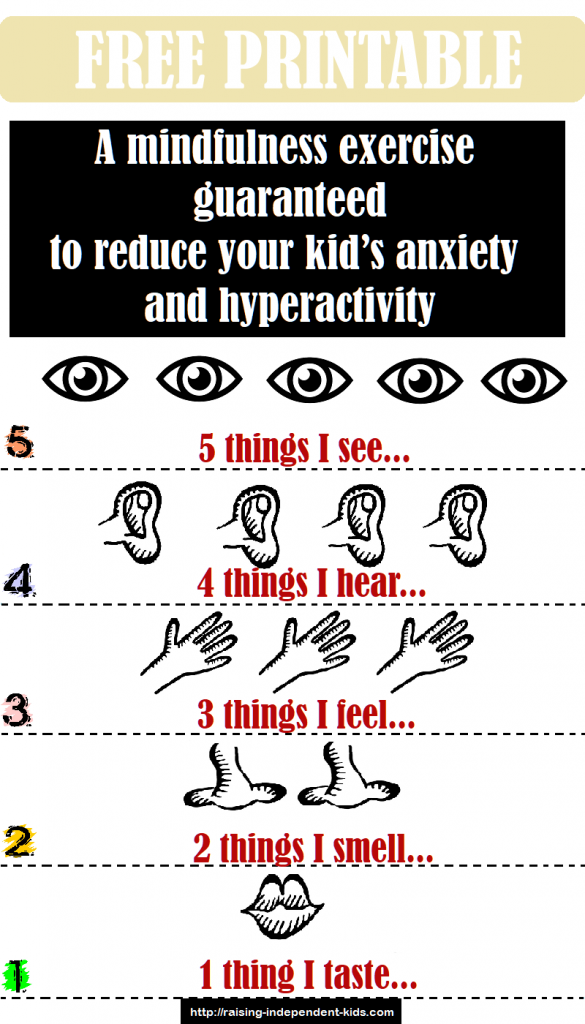 allmedialaw.ru
allmedialaw.ru
Introduction
Nothing demoralizes young parents more than the crying of their newborn child. The baby is tearing himself up for several hours - he is dry, fed and seemingly healthy, but continues to scream, and you just can’t understand the reasons for his inconsolable grief and don’t know what to do in this situation.
Coping with crying babies has been passed down from generation to generation for thousands of years. But in the modern world, the ties between generations have ceased to be so strong, and civilization over the past hundred and fifty years has generated a lot of new theories about education that contradict each other and human nature itself. So it is not surprising that inexperienced, and sometimes even experienced parents are completely at a loss in front of a sobbing baby a few weeks old.
The famous pediatrician Harvey Karp is sure that he understood the main reason for the crying of a child who, at first glance, should be satisfied with life, but at the same time screams non-stop for several hours. He sets out his coherent and adequate theory of the missing fourth trimester, backed up by many years of practice, in a book in the Russian-speaking space called "The Art of Calming Children", and in the original called "The happiest baby in the quarter."
He sets out his coherent and adequate theory of the missing fourth trimester, backed up by many years of practice, in a book in the Russian-speaking space called "The Art of Calming Children", and in the original called "The happiest baby in the quarter."
It turned out to be quite easy to make your baby, who is not yet 3 months old, happy. It is necessary to recreate for him the main conditions that surrounded him in the mother's womb, which he abandoned quite recently. The author of the book explains in detail and consistently how to return the baby to the paradise he lost, and how to rescue the parents from hell, while debunking the myths about children's crying and giving practical advice.
Chapter 1. Why do healthy, dry, and nourished babies cry?
1.1 The first cause of crying - In order to survive
Everything that is connected with newborn children is close to nature itself and is not subject to changes in the outside world, and therefore lends itself very well to analysis from the point of view of the laws of evolution.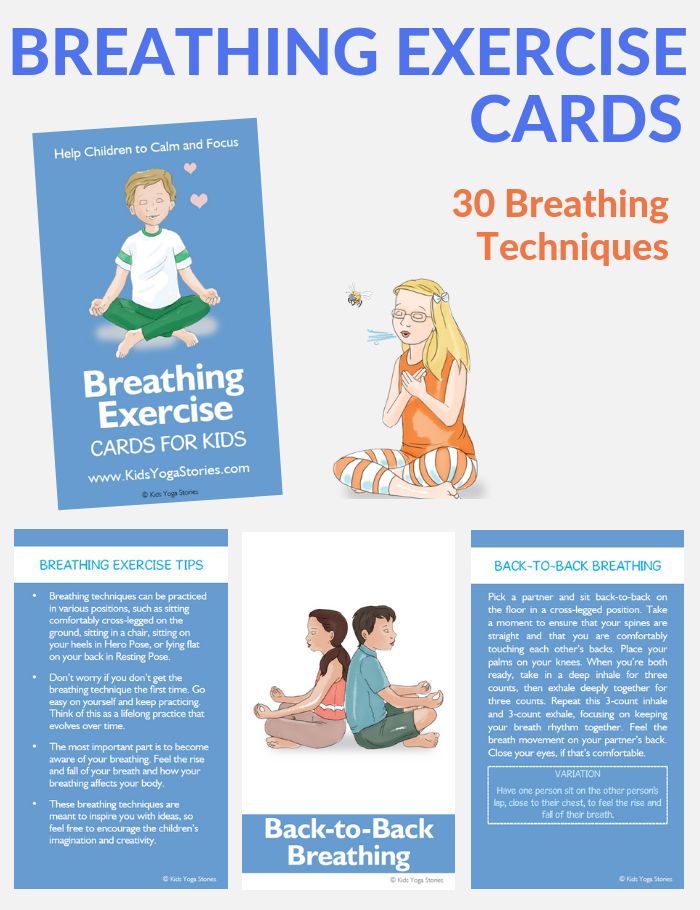 So, what would happen to humanity if children didn't cry? Most likely, in this case, humanity would not have survived. We really want a newborn baby to smile and hum, but a smile and gentle babble would not help a baby survive in the prehistoric era, which is sneaked up by a dangerous beast, and its mother is nearby picking berries and mushrooms. Only loud crying could be heard by parents, only crying helped win attention and food from brothers and sisters .
So, what would happen to humanity if children didn't cry? Most likely, in this case, humanity would not have survived. We really want a newborn baby to smile and hum, but a smile and gentle babble would not help a baby survive in the prehistoric era, which is sneaked up by a dangerous beast, and its mother is nearby picking berries and mushrooms. Only loud crying could be heard by parents, only crying helped win attention and food from brothers and sisters .
1.2 The second and key reason for crying is the missing fourth trimester
A woman carries children for about 9 months, but scientists suggest that earlier this process took longer, perhaps almost a year, and human children were born more adapted to life. But as evolution progressed, the human brain improved and expanded. In order for the baby’s head, which was becoming larger and larger, not to get stuck in the birth canal (which threatened the death of the mother and child), the smart female body began to “evict” children from the womb earlier.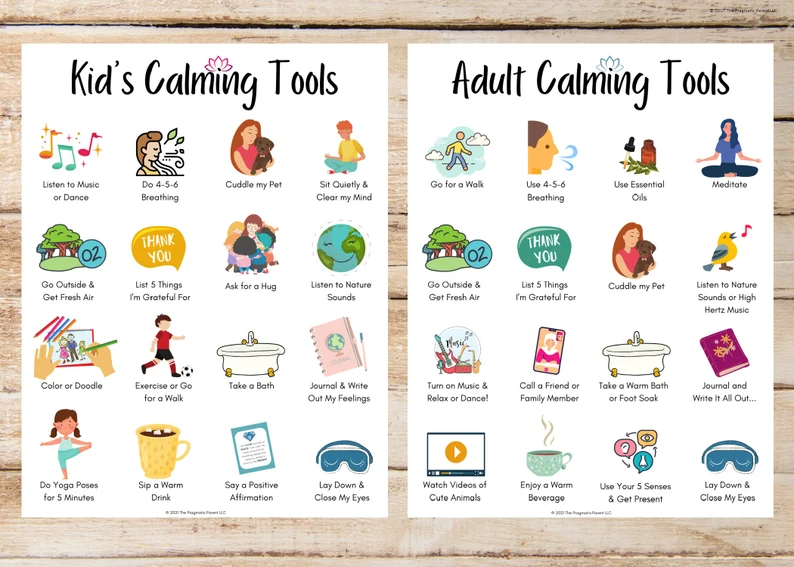
A newborn child is practically the same fetus-embryo that it was just a few days ago, only it got into the outside world that frightens him.
As a result, today the human child is born into the world completely helpless, unlike the young of other mammals, such as foals, who can stand up and even walk in the first days of their lives. There is a huge difference between a 4 week old and a 4 month old baby. At the end of the fourth, missing trimester, he already concentrates his attention perfectly, turns his head to the source of the sound, knows how to wait, distinguishes faces, deftly holds objects and controls his body.
The cozy world in which the baby spent the first three trimesters of his life should be replaced by the love and tenderness of his parents in the fourth trimester . However, even the most caring mothers and fathers do not always know what exactly gives the newborn a sense of security and comfort. What women understood well on an intuitive level hundreds of years ago and which is still practiced in places cut off from civilization, in the modern world has to be taught anew.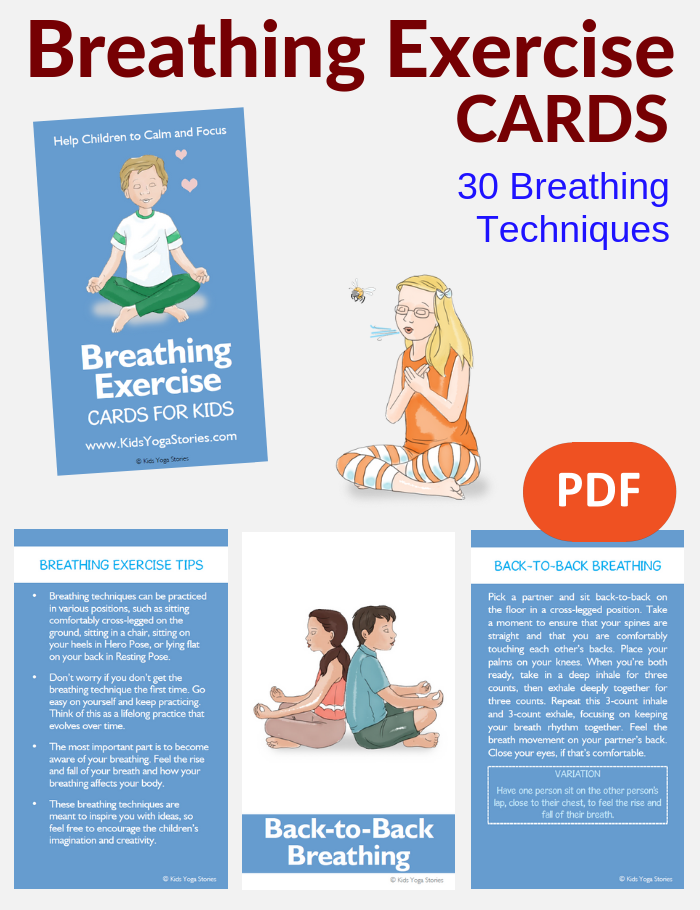
The child is brought from the maternity hospital, placed in a light, spacious crib, and they try to surround him with complete silence. But did the baby have such conditions a few days ago? He was in a cramped and warm womb, constantly swaying in time with the movements of his mother, and he was constantly accompanied by a steady noise. Therefore, it is absolutely logical that, having got into completely unusual conditions of silence, immobility and unusual space, the child's immature nervous system cannot stand it, reacting with crying and provoking colic.
How to quickly calm a baby so that he stops crying
According to British scientists, children's crying is included in the rating of sounds that are especially hard to bear. When a child cries, but due to age cannot explain the reasons, parents often panic and do not know what to do. Lyubov Nekrasova, a pediatric neurologist at the Semeynaya clinic network, told Gazeta.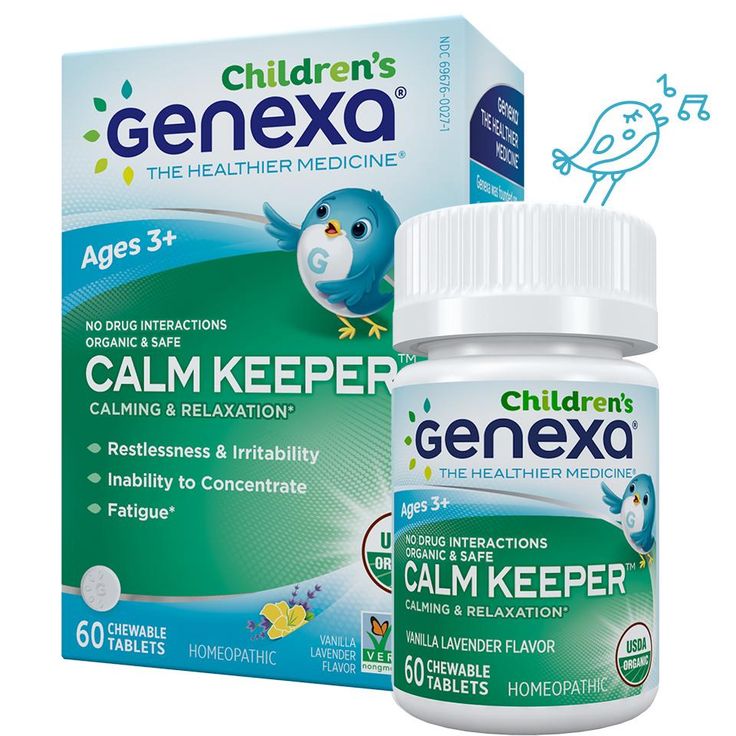 Ru how to help a child in such a situation.
Ru how to help a child in such a situation.
How to properly respond to a child's crying
According to a neurologist, crying is the only way of communication available to young children. “With the help of crying, the child maintains contact with his mother or father, reports physical discomfort (wet diaper, hot or uncomfortable clothes) desires, pain, boredom and just a bad mood,” the doctor explained.
In addition, crying is also a test of the world for safety, which, as a rule, a mother embodies for a small child.
“Crying is an important evolutionary way of survival for an infant. That is why the cry of a child, especially his own, cannot be ignored, it is the strongest possible irritant for his mother, ”said Nekrasova.
She added that in a difficult situation for him, the child expects help, support, reassurance from his mother, so it is very important that the mother can remain calm, not scream, get angry or nervous.
close
100%
Is it possible to pick up a child when he is crying
After the mother demonstrates that she is there, turns affectionately, talks to the baby, she should try to help him, Nekrasova said.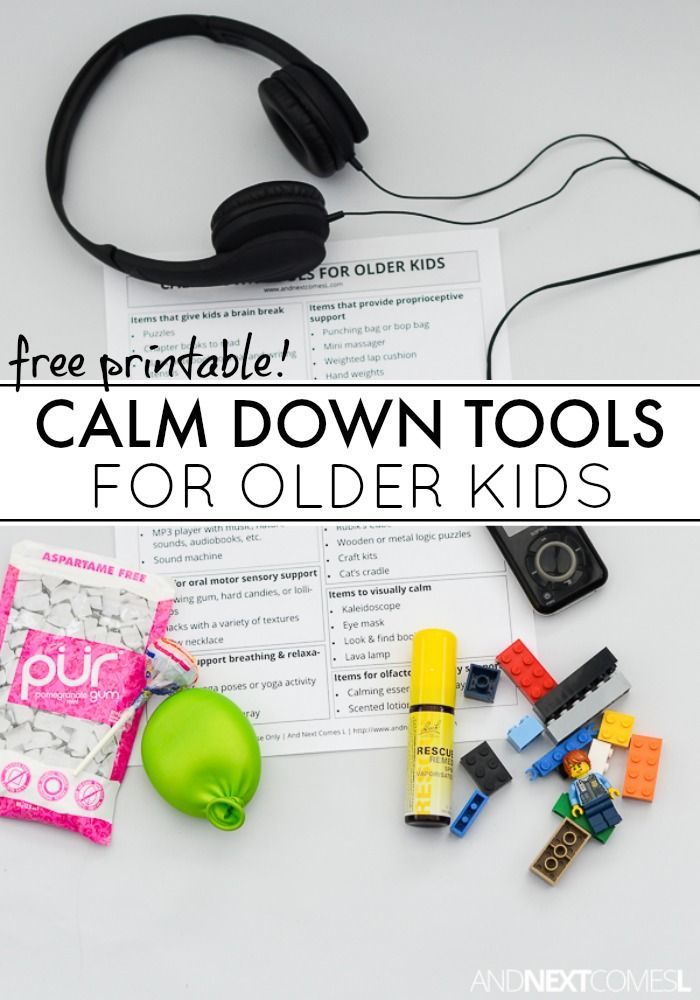
She noted that, first of all, it is important to eliminate the causes of physical discomfort: change a wet diaper, straighten clothes, make sure that the child does not sweat or freeze (hands and feet can be warm or slightly cool, but not cold), offer to drink and try to feed the baby.
“If this does not help, the mother can take the baby in her arms and carry it, gently and rhythmically rocking and singing. You can turn on the so-called "white noise", such sounds are easy to find on the Internet - this is a good reassurance for the child. Other background sounds would also work, such as the sound of running water or a running washing machine,” the expert advised.
Garlic enema, onions for wounds and urine therapy: stories of home treatment from Soviet childhood
According to sociologists, 52% of Russians trust traditional medicine. Gazeta.Ru asked adults to remember...
09 May 10:28
According to Nekrasova, swaddling or a cocoon covering arms and legs often soothes young children.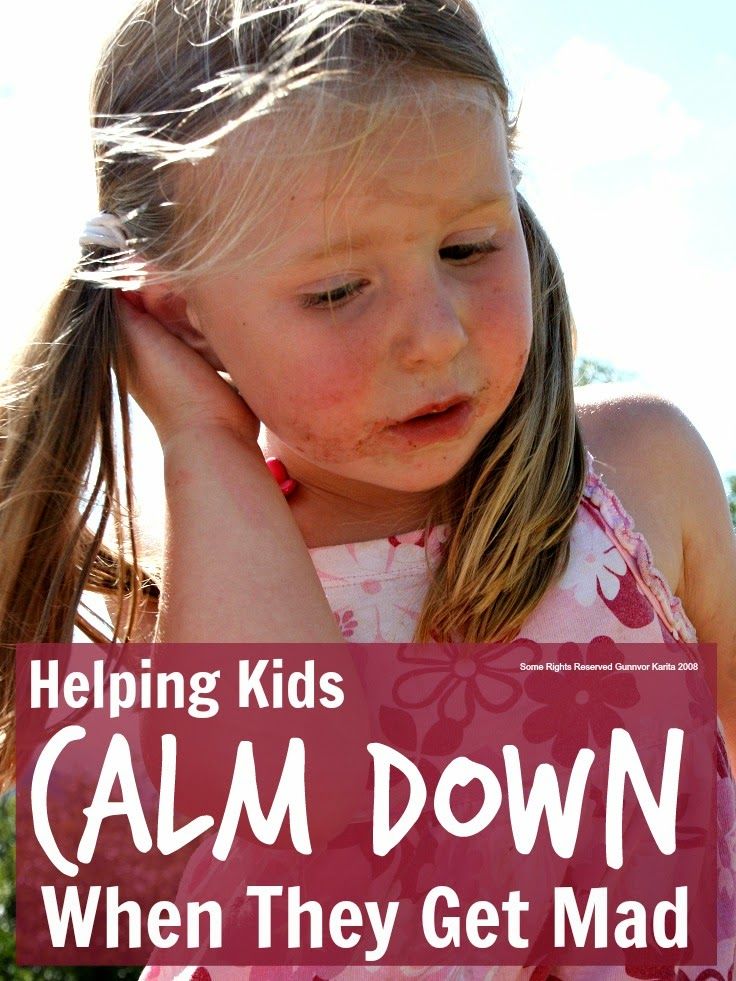 But it is important to remember that a mother is not able to determine all the causes of crying, because it can be associated, for example, with health problems. “If a child cries for a long time, strongly, for no reason, you should not look for reasons, but consult a pediatrician,” the neurologist said.
But it is important to remember that a mother is not able to determine all the causes of crying, because it can be associated, for example, with health problems. “If a child cries for a long time, strongly, for no reason, you should not look for reasons, but consult a pediatrician,” the neurologist said.
She also told about dangerous ways to quickly calm a child, which in no case should be practiced. For example, a popular way to let a child "cry" alone.
“It is strictly forbidden to leave a child to cry alone for a long time. It is dangerous to throw the baby into the crib or shake it violently. Under no circumstances should a child under two years of age be shaken. As a result of sudden shaking, children can develop the so-called "shaken baby syndrome" (SBS, or shaken baby syndrome). With such shaking, hemorrhages under the membranes of the brain can occur, which leads to serious consequences, even death, ”the doctor warned.
Symptoms of SBS may take several days to appear.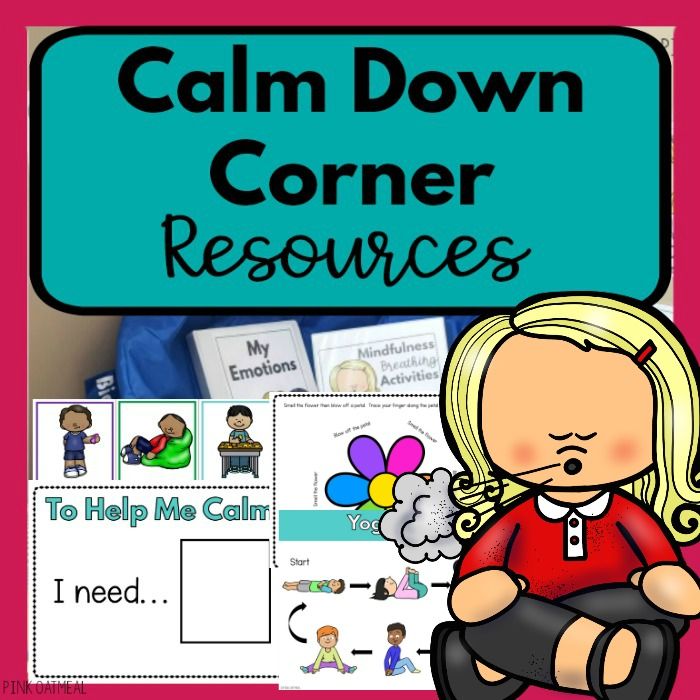 These include lethargy, drowsiness, which is unusual for the behavior of the baby, or, conversely, excitability and convulsions. If the syndrome is suspected, emergency hospitalization in the intensive care unit is necessary.
These include lethargy, drowsiness, which is unusual for the behavior of the baby, or, conversely, excitability and convulsions. If the syndrome is suspected, emergency hospitalization in the intensive care unit is necessary.
close
100%
How to soothe a child when mother is not around monotonous quiet sounds. You can also try to switch the attention of the child by showing him a bright toy or a bird outside the window,” the expert said.
The neurologist drew attention to the fact that when a child cries for a long time and cannot stop the tantrum, help may be needed not only for him, but also for his mother. In this case, it is better if she has the opportunity to transfer the baby to another adult, go out and calm down.
“We must remember that a mother cannot always calm her child, and this is normal. In such cases, it is important to be close to the woman and support her,” the doctor summed up.
“In the event that there is no one to hand over the child, you can, as an exception, leave him in a crib, playpen or other safe place, go out for 5-10 minutes and calm down,” Nekrasova concluded.